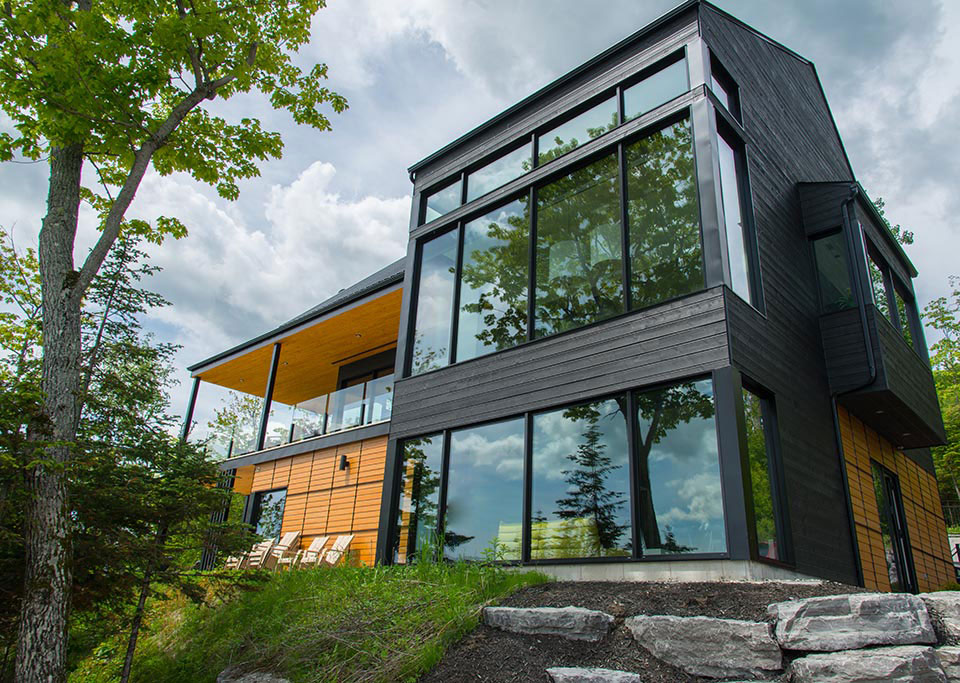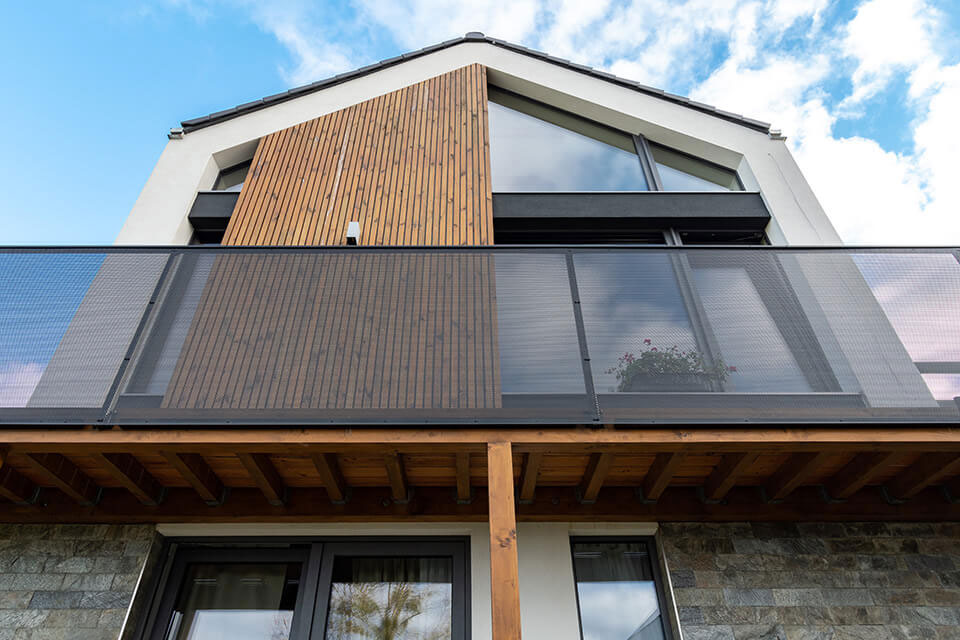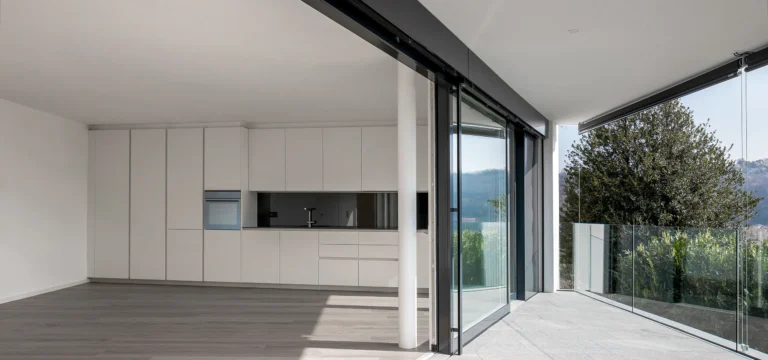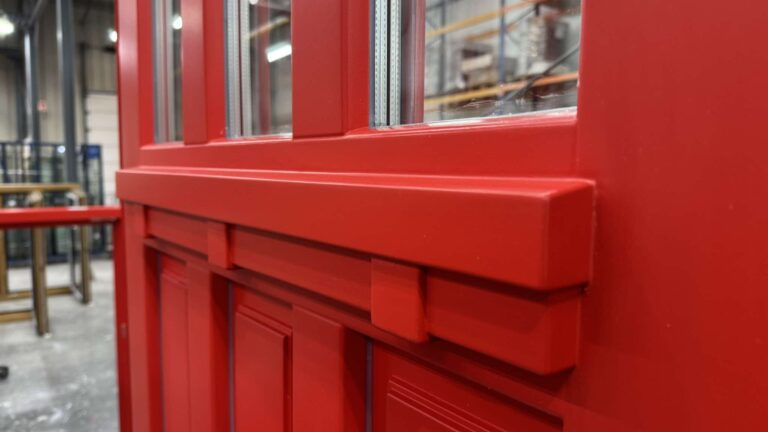Table of contents:
What are passive houses?
At the beginning, it is necessary to explain what passive houses are at all?
In a nutshell, a passive house is a single-family housing, which allows for far-reaching savings in the use of the building. The author of this concept is the founder of the Passive House Institute in Darmstadt, Dr. Wolfgang Feist. In 1988 he defined his project as follows:
A passive house is a building with extremely low energy demand for interior heating [15kWh / (m 2 / year)], in which thermal comfort is provided by passive heat sources (residents, electrical appliances, “solar” heat, heat recovered from ventilation) and additional heating of the air ventilating the building. So that it does not need an autonomous, active heating system.
The term passive comes from the lack of active energy sources needed to heat air and water, such as furnaces, boilers or central heating.
The main idea of a passive house is therefore to generate many times less energy demand than in standard buildings. In addition, passive housing is designed to use the maximum amount of natural energy, for example solar.
The implementation of such an investment is in practice quite a challenge. Many different factors should be taken into account, which in traditional construction are not so important or are not a problem at all. In addition to meeting the stringent requirements for energy demand, such a building must of course also be functional, aesthetic and blend in with the architectural environment.

What windows for a passive house?
As is clear from the above definition of a passive house, it must be perfectly thermally insulated. It should be almost completely sealed, and thus the heat generated inside should escape as little as possible. Therefore, the key challenge is to choose the right window joinery that will not lower the thermal insulation parameters of the building.
A necessary condition for passive windows is an extremely low heat transfer coefficient, denoted as U w . It is a parameter that tells us how much heat is lost through the window when the difference between the temperature of the air outside and in the room is 1 K. The heat transfer coefficient is expressed in W / m 2 K.
To be able to speak of a passive window in our geographical area, it must have a heat transfer coefficient below 0.8 W / m 2 K. To obtain such a result, it should be a special structure that meets a number of requirements and criteria.
First of all, passive windows must be equipped with double glazing with a triple glazing with a low-emission coating. The thermal transmittance of such a pane must not exceed 0.7 W / m 2 K.
The passive window frame profile must also be characterized by low heat transmittance. In this case, the coefficient cannot exceed 0.9 W / m 2 K. However, the inter-pane frame should be made of stainless steel or plastic.
In order for the manufacturer to be able to legitimately call his windows “passive”, it is necessary to obtain an appropriate certificate. They are published by renowned organizations, such as the Passive House Institute in Darmstadt and the Window Technology Institute in Rosenheim.

When to decide on passive windows?
Due to the structural requirements, the construction of a passive house is much more expensive than traditional construction. On the other hand, the initial investment will pay off over the years in the form of significantly lower operating costs.
Therefore, when deciding to build a passive house from scratch, a natural requirement is also the purchase and installation of passive windows. But what if we already have a house designed in a traditional way and we are considering purchasing this type of window joinery?
It is not only the window frames that are responsible for the passivity of the house. A number of other design criteria must also be met. If our house is non-passive, classic, but still modern, energy-saving and warm windows made of PVC or aluminum will be a much better alternative.
The best non-passive windows on the market offer parameters not much worse than those of certified passive windows. Therefore, they will ensure adequate heat savings and thermal insulation adequate for standard construction. An example may be the energy-saving MSline + PVC windows or the Premium 86 aluminum windows in the MS offer more than WINDOWS . Both models offer impressive results in terms of thermal insulation, being a more affordable and installation option for passive windows that meet the strict criteria.



